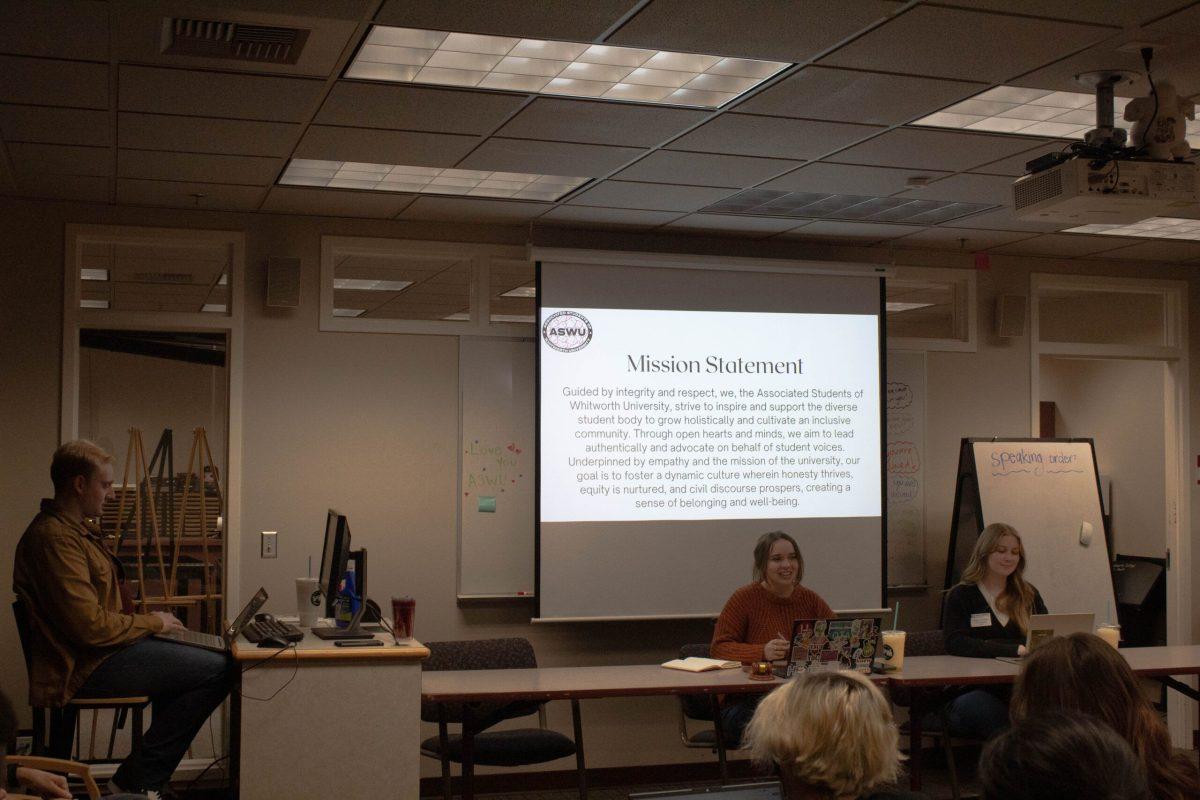In 2012, the Washington State Supreme Court ruled in McCleary v. State of Washington that the state legislature failed to fulfill its duty to fully fund education. According to our state’s constitution, “it is the paramount duty of the state to make ample provision for the education of all children residing within its borders.” The court mandated that the legislature ramp up spending in order to fulfill its constitutional duty.
One proposal for the state to increase spending on education is through decreasing class sizes. In November, Washington voters will decide on Initiative 1351, which mandates a decrease in class size to 15-17 students in K-3 classrooms and 22-25 students in 4-12 classrooms. To accommodate, schools will need to hire 12,000 additional teachers and support staff, such as counselors and librarians. The Washington Office of Financial Management estimates that this measure will cost $4.7 billion.
The first problem with this initiative is its tremendous cost. According to a Seattle Times editorial, the bill will not raise taxes to cover the cost, which places the already cash-strapped state legislature in a bind to figure out how to appropriately accumulate funds.
Looking beyond the tremendous cost, the reduction in class size is not the most effective means of improving educational outcomes. According to Eric Hanushek, researcher at the Hoover Institution at Stanford University, “between 1950 and 1995, pupil-teacher ratios fell by 35 percent, from about 27:1 to about 17:1 overall.” Hanushek found that these initiatives are the primary cause of educational spending increases. Unfortunately, students have not reaped the benefits of this spending. Student test scores show “stagnant performance” throughout this time period.

California and Florida both attempted to reduce class sizes in the 1990s. The Washington Policy Center claims that “the billions of dollars spent in the two states on class-size reduction efforts failed to yield positive results for student learning.” Florida, recognizing the ineffectiveness of the measure, “exempt[ed] school districts from class-size caps.”
Additionally, Hanushek found that many foreign countries that outperform the U.S. have larger class sizes. For example, he claims that “Asian countries…generally have class sizes of 30-40 students.” Supporters of Initiative 1351 claim that small class sizes are especially important in math and science classes, but students in many Asian countries have much higher scores in these subjects. While many factors play into the success of students in Asian countries, such as the cultural importance of student success, the fact that these children excel while in larger classes demonstrates that class size does not necessarily correlate with greater achievement.
In order to truly benefit students, we need to look at the most effective means of enhancing education. According to the Washington Policy Center, “any benefit that might be gained from reducing class sizes is minimal to the demonstrated educational benefit of giving every student access to a high-quality teacher.” Thus, government spending should focus on improving the quality of teachers, not merely hiring more. The money that the Washington State Supreme Court mandates to be spent on education could be used to increase teacher salary and benefits, as well as provide additional training. A student will benefit more from a high quality teacher who will help students engage with the material and make important connections than simply having fewer classmates.
I am a firm supporter of education. All children deserve an education that will challenge them and help them grow to become more productive, engaged and compassionate members of society. The problem lies in our philosophy toward improving education. It is fundamentally flawed to assume that more money translates into greater student success. Through means such as improving teacher quality, we can improve education standards without spending $4.7 billion.
Contact Lindsey Hubbart at [email protected]





